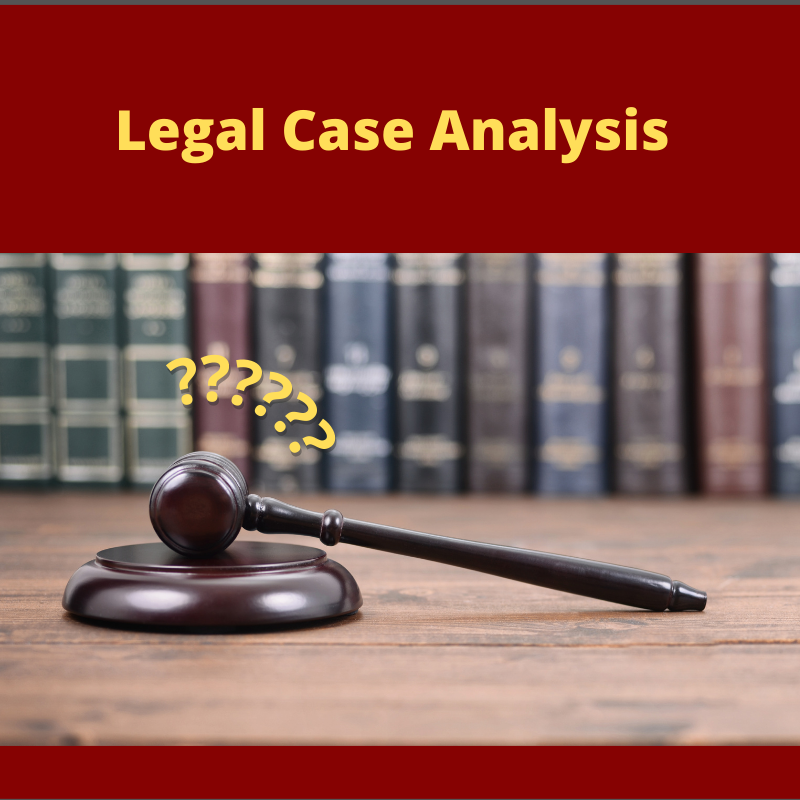In 10 years I hope the Second Amendment community can look back at the Bruen decision and celebrate all that it did for us.
After Heller we all looked at there being a huge wave of getting our rights back. Unfortunately after McDonald it all stopped. The state found a way.
That two step process of means-end was horrific. It allowed any infringement to stand as long as the state said “it will promote the public good.” Yep, that’s good enough.
I keep using the phrase “Just how much were you raped, Mrs. Jones, we have to balance that against…”
The state has lost on the history and tradition front. You can see it in their filings. Over and over again the same regulations are presented and time after time they are discounted. The fact is that there were no gun control laws in the 1700’s. Gun control didn’t really get started until post civil war when it was used to disarm the newly freed and former freedmen.
This leads to what the state is attempting to do at this time.
First, they are attempting to change the era from which they pull regulations. If they can get the court to accept reconstruction era regulations then they will win in the infringing states/courts.
Next they are attempting to get the courts to accept regulations that are not a match but could be twisted with enough leverage to match their current infringement. To do this they have to get the court to accept that their infringement is there because of something new. This is likely to make some headway but not a lot. With Bruen behind us and enough judges with good moral conscious on the circuit courts it is unlikely to prevail.
The state is also trying to hide in the weeds by saying that certain infringements are acceptable because the Supreme Court didn’t directly say anything about it. This is SCOTUS saying that things are presumptively allowed. Presumptively allowed means that the court didn’t rule on that thing so is just going to allow it to stand, for now.
This is the argument that the state is using about “Good moral character”. Since the Supreme Court ONLY ruled against showing cause and used the term “lawful user” this means that “good moral character” is also allowed. Which the state will now define in such a way as to make it so painful that it is almost impossible to get through.
We are seeing sensitive places as expected. That is going to die. Not because the states will stop using it, but it is not a long term winning strategy for the state.
The thing that Bruen really did is that it leveled the playing field for the first time in over a decade. The state hates playing fair. They know they will lose.
The biggest argument that the state is pushing is that it is the plaintiff’s burden to prove. Over and over again in these filings the state says things like “The plaintiffs have failed to prove” or “The plaintiffs have offered no evidence.”
Everything that seems to be holding for the state right now is based on trying to flip the burden back on the plaintiffs.
We live in interesting times. We are winning.



